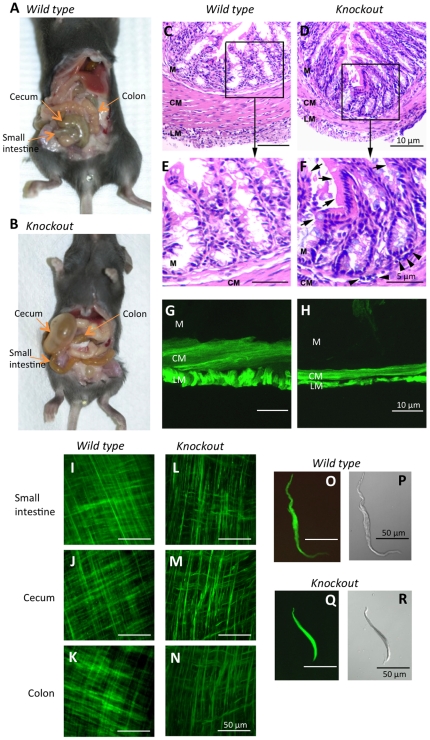Figure 2. Phenotypic changes of SMCs in the smDicer knockout mice.
(A, B) The gross morphological changes in a 20 day old smMHCCre-GFP/+ (wild type) mouse (A) compared to a smDicer−/−;Cre-GFP/+ (smDicer knockout) mouse (B) of the same age. Note the large, distended cecum as well as the partially distended antrum, small intestine, and colon in the smDicer knockout mutant. (C, D) Representative digital photomicrographs of cryostat sections from the colon of wild type control and mutant mice respectively (hematoxylin and eosin staining). (C) A wild type mouse shows unremarkable histology through the entire thickness of the colonic wall. (D) A smDicer knockout mouse shows that both the circular (CM) and longitudinal (LM) muscle layers of the colonic muscularis appear atrophied compared to the wild type mouse. Also noticeable is that the mucosal (M) villi in the knockout mouse appear blunted, thickened, inflamed, and accompanied by a chronic inflammatory infiltrate. (E, F) Enlarged regions of C and D showing that in the smDicer knockout section (F) villi are blunted, thickened, and inflamed (arrows), and that there are numerous cells (arrowheads) constituting an inflammatory infiltrate indicative of chronic inflammation. (G, H) LSCM and DIC images of cryostat sections taken from the small intestine of the control (G) and smDicer knockout (H) under UV. Note that both the CM and LM are much thinner in the knockout compared to the controls. (I–N) LCSM images of the entire thickness of the muscularis of the control small intestine (I), cecum (J), and colon tissue (K) from the knockout mouse. LCSM images of the entire thickness of the muscularis from the small intestine (L), cecum (M), and colon tissue (N) of the knockout showing less well-differentiated SMC organization. (O–R) Fluorescence and contrast phase images of an isolated intestinal SMC from the control (O and P) and knockout (Q and R). Note the disorganized and abnormal appearance of the circular and longitudinal SMCs from the knockouts compared to the controls.

